Wood Movement in Fine Amish Furniture
By Bailiegh Basham · October 25, 2018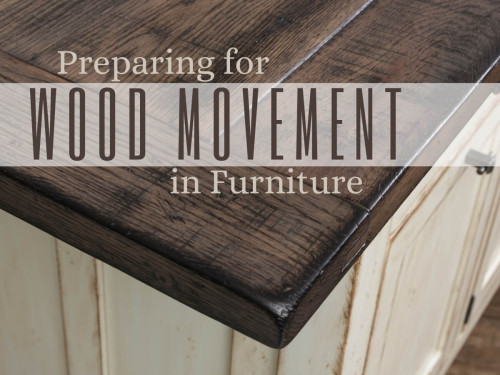
How does humidity affect wood furniture?
Humidity and Amish Furniture - Understanding the relationship between wood and moisture.
The hardwood used to create fine Amish furniture tends to grow and shrink based on conditions, both humidity and temperature, inside the home or office. In order to plan for this natural change, our expert Amish artisans craft each piece with mood movement in mind.
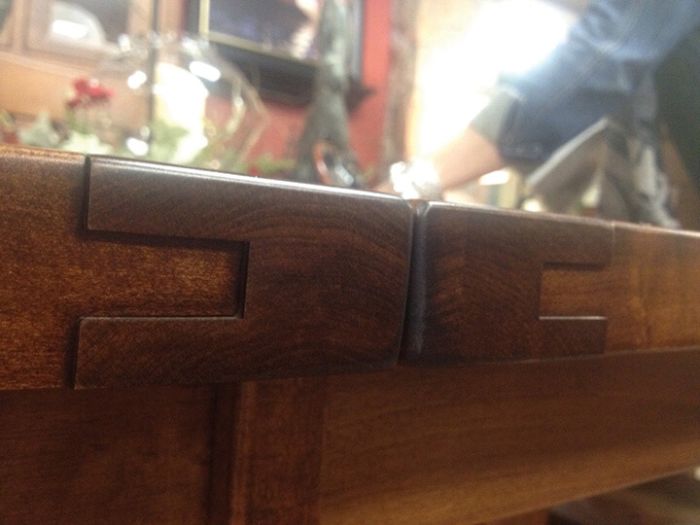
The Lumber
When a piece of hardwood lumber is first cut from a tree it is referred to as “green”. This moist wood is unsuitable for making furniture. Instead, it needs to be kiln dried to a lower moisture content. With the use of a kiln, drying time is rapid, and the lumber will be closely monitored to reduce the chance of splitting or other defect in character. Establishing equilibrium that closely matches the wood’s ultimate environment will minimize the amount of movement in the wood. Wood movement is a general term for the expansion and contraction of a board due to environmental changes.
Moisture Content (MC) | Relative Humidity (RH) | Equilibrium Moisture Content (EMC)
It is important to remember that no matter what the environment, wood is almost always doing one of two things – losing moisture or gaining moisture. In fact, the moisture content of wood continually changes as the humidity changes, always seeking equilibrium.
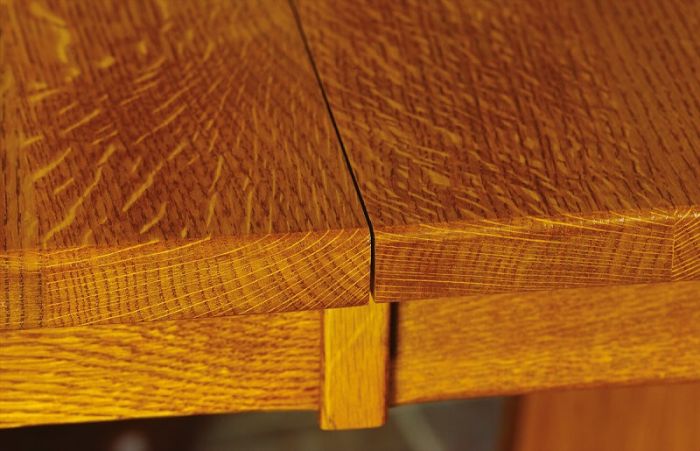
The Craftsmen
Fortunately, expert Amish woodworkers can reliably predict the amount and direction of wood movement and plan for it. With a firm grasp of the details, they can engineer a piece of furniture that will allow the wood to move with changes in relative humidity, yet not cause the piece of furniture to fall apart because of internal forces created by the wood movement. There are many design and building options to help a craftsman work with the movement and not against it. Joinery must secure different pieces of wood to one another with the appropriate amount of strength, while also allowing wood movement to freely take place.
These joinery methods can be present on Amish furniture when looking at dovetailed drawers, mortise and tenon cabinet doors, breadboard table ends, and table top skirting, among many others.
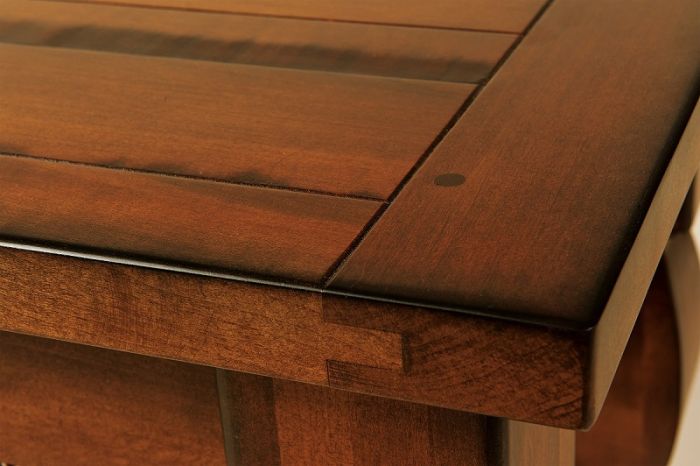
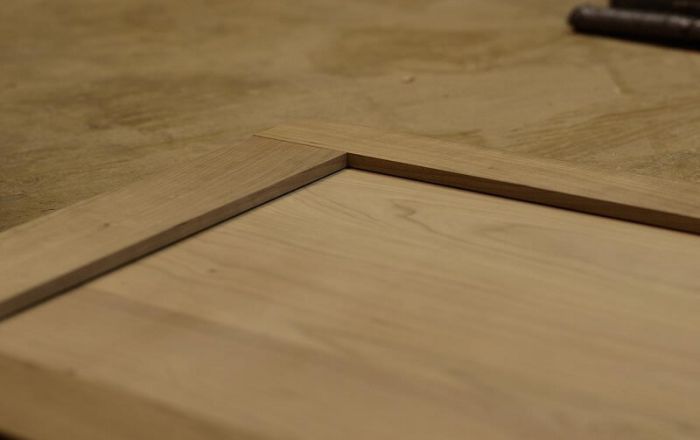
The Finish
Applying a finish to wood, such as our catalyzed conversion varnish, does not create a true barrier between the hardwood and moisture in the air (humidity). While it’s true our high quality finish will slow the rate of moisture exchange, it will not stop it. Kiln-dried hardwood finished on all surfaces will expand or contract at a slower rate. Of course, the finish showcases the wood’s natural beauty, color, figure patterns, grain, and depth. It also enhances the wood’s appearance by hiding any defects in character.
At the end of the day, there’s no need to be worried about wood movement when designing your hardwood Amish furniture. It’s simply the nature of this wonderful and timeless material that we have chosen to work with. Wood movement can be planned for by our expert Amish artisans, and managed very successfully by you, to produce and enjoy beautiful, durable furniture.

